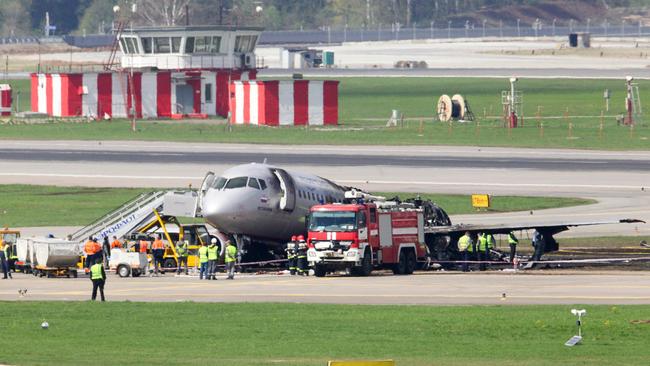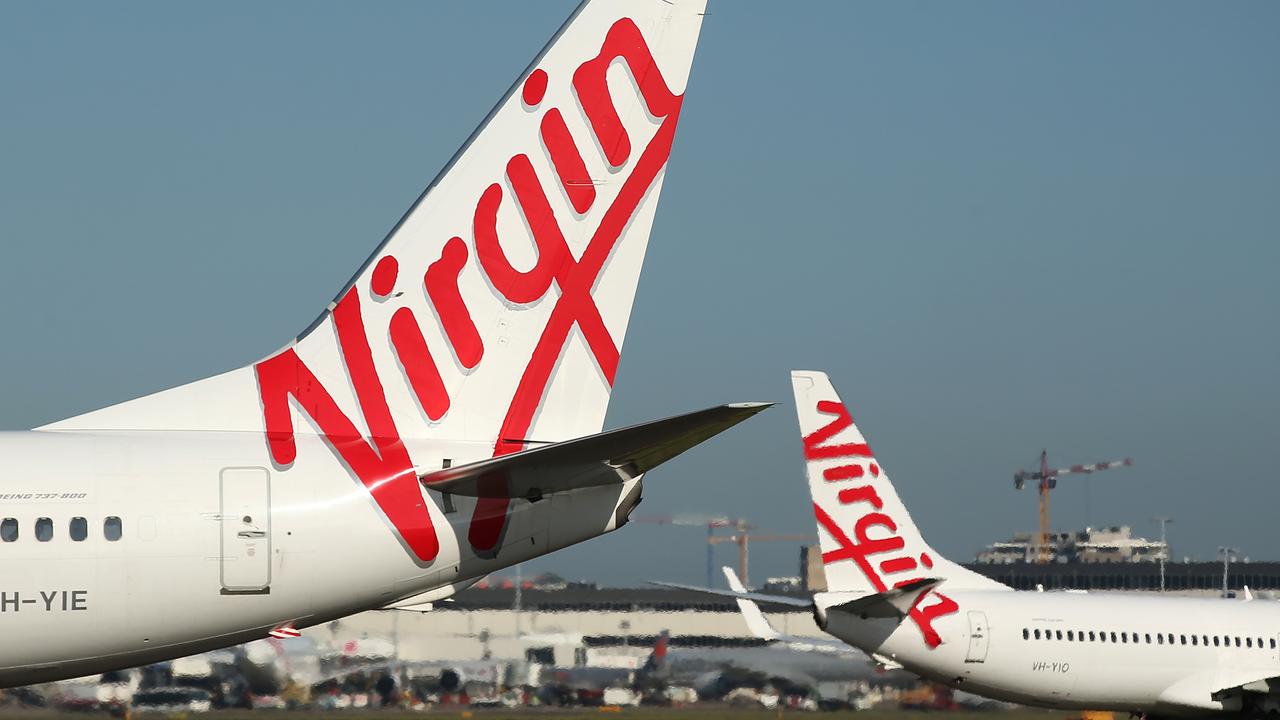Pilot skills go missing in modern flight-mares
Pilot training is at a low point as reliance on technology replaces airmanship.

In days of yore when men actually manually flew aircraft, a term called piloting, a common phrase was “there is no substitute for experience”.
Just like in the shipping arena, a captain had to earn his stripes.
Enter automation, which has now reduced the pilot’s role to flight deck manager.
This is fine when things work as advertised, and modern aircraft are exceedingly safe, or so we thought until Boeing literally dropped the ball with the 737 MAX 8.
The pilot’s role has so diminished and manual flying skills and knowledge have been so reduced that pilots with only several hundred hours total flying experience can now occupy a control seat.
As long as they can program the flight management computer that is deemed satisfactory, especially to the bean counters that run airlines. But what happens in the rare cases where an abnormal problem occurs and the crew have to rely on old-fashioned flying skills?
Three very recent accidents are cases in point.
The Aeroflot Sukhoi Superjet-100 landing crash in Moscow was a very disturbing illustration of a pilot not handling the situation.
This modern aircraft had a problem but flew for 27 minutes. This obviously was not a time-critical situation, so the crew should have assessed the situation, run checklists, dumped fuel, notified air traffic control so RFF (rescue fire facilities) were on standby and then proceeded with as normal an approach and landing as possible.
Instead, the almost panicked crew had to go around off the first approach because they turned in too tight on a runway base turn. On the second attempt the video shows they were way too fast and slammed the aircraft on to the runway and bounced. The second hard impact caused the landing gear to collapse and puncture the wing fuel tanks. The resulting conflagration of 14,000 litres consumed the rear fuselage such that 40 of the 73 passengers on board plus one of the five crew died. More may have managed to escape except that some passengers took time to retrieve large baggage from the overhead lockers. The International Civil Aviation Organisation and International Air Transportation Association urgently need to address this problem.
Last week a B737-800, operated by a Miami charter company on a military contract, had a landing overrun by 1200 feet into a shallow lake. All survived. This was not only an example of very poor manual flying skills but stupidity as well.
This particular B737 had one thrust reverser unserviceable but was permitted to operate under a MEL (minimum equipment list) for a certain number of flights. The pilots therefore were aware of an effect on landing distance.
The pilots chose to land on the shorter 8000-feet runway when there was a 9000-feet runway available that was more into the wind. They touched down at an IAS (indicated airspeed) of 163 knots (about 20 knots too fast) and, with a tailwind of 15 knots, that meant a groundspeed of 178 knots. What the hell were they thinking? The flight envelope limit is 10 knots tailwind on landing, so they should have aborted the landing.
The 178 knots kinetic energy, with probable considerable float due to the excessive speed, meant the brakes had no chance to pull the aircraft up before running off the runway. This was a major RPE (resume producing event). It is well known that charter operators use pilots gaining experience before being employed by the major airlines.
The third accident is the disappearance of a large Challenger private jet out of Las Vegas for Mexico while avoiding thunderstorms. I have been flying a Challenger for the past nine years. To operate, they are just like an airliner with good weather radar and solid safe flying characteristics. Suggests to me perhaps inexperience in use of the weather radar.
The industry is at a tipping point. When I learnt to fly in the air force the two major subjects were aerodynamics and airmanship. These appear to have been replaced by psychobabble subjects and computer knowledge. Flight deck etiquette should not be more important than the ability to fly the aircraft and make correct rational decisions.
Byron Bailey is a former RAAF fighter pilot and flew B777s as an airline captain.


